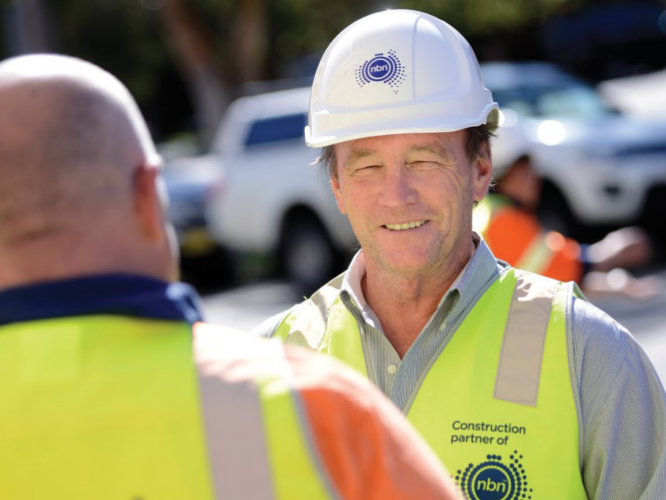
The company responsible for the National Broadband Network has said in response to Senate Estimates Questions on Notice that it has 119,000 services that cannot hit its 25Mbps obligation.
However, NBN added that 80% of those on services are able to hit 20Mbps.
“We recognise that we have more work to do to deliver wholesale download speeds of at least 25Mbps and we are undertaking this work as a priority,” an NBN spokesperson said.
“To put the whole picture in perspective, the proportion of premises not receiving the minimum peak 25Mbps download rate represents approximately 1.4% of active services across the NBN network as at 15 July 2021.”
One of the reasons cited for why those services might not be able to hit the minimum speeds was fibre-to-the-node (FttN) premises behind an 18-month co-existence period, where FttN speeds are dialled down to continue allowing legacy services, such as ADSL, to operate. During that time, only 12Mbps has been guaranteed for FttN connections.
At the end of December, NBN said it found 1.3% of FttN lines could not hit the minimum once co-existence ended.
The last co-existence periods are set to end on June 30, 2022, and as of May 28, 39.3% of nodes have had the co-existence profile removed.
“Once all legacy services are removed from the area, co-existence can end, enabling the node to be reconfigured for more optimised performance of local NBN services. Other common issues include line faults and in-home wiring issues in customers’ premises, which we are working with retailers and customers to address,” the spokesperson added.
In response to other questions, NBN said not a single active FttN service has been moved back to satellite due to performance of a line.
“While it is possible that some locations that had been planned for an FTTN service were moved into a satellite area during the design phase of the rollout, the number of premises would be negligible,” the company said.
The company also spelled out how its ServiceMax Go (SMAX-Go) app for technicians interacts with its ServiceNow, ServiceMax, and Oracle back-ends, as well as the cost of some of the system.
“The cost to develop the ServiceMax (includingSMAX-Go app) component of the system architecture to support the new field contracts under Unify was AU$13.3m total, over FY19, FY20 & FY21,” NBN said.
“SMAX-Go went live in Victoria and South Australia on 14 April 2021, followed by New South Wales, Tasmania and Australian Capital Territory on 28 April 2021. The app is yet to go live in Western Australia, Northern Territory and Queensland.”
During a hearing in May, NBN said the problems technicians were experiencing when the app launched in NSW was because the system was overloaded.
“What happened, when literally it was rolled out in New South Wales, the platform went down and we then had, due to literally the doubling of our workforce on the system, we then add the issues around the functionality where it wasn’t syncing properly, so therefore it caused a poor experience,” COO Kathrine Dyer said.
Dyer said the software was hit by a trio of factors: A two-day platform outage that hit NBN and technicians; it wasn’t syncing; and it was updating its functionality.
“We were getting agile-based feedback from the sub-contractors in relation to the usability, and we were working with them, based on the feedback we were getting, to streamline the usability as we were rolling out the app,” Dyer said.
NBN also revealed some of the details on its 260 services that form part of the Commonwealth’s AU$2 million alternative voice trial, with that number broken down into 150 satellite services, 80 low-band fixed wireless services, and 30 on the traditional fixed wireless service.
The low-band fixed wireless trials are taking place at Coffin Bay in South Australia and Robinvale in Victoria.
“For the trial, NBN Co has scientific licences that allow it to use spectrum in the 850MHz band (band 26). It does not currently use this spectrum for delivering its non-trial services,” it said.
“The spectrum has a greater propagation distance, meaning services can be delivered over a larger area from a single fixed wireless tower than using NBN Co’s standard fixed wireless technology and spectrum.”




















